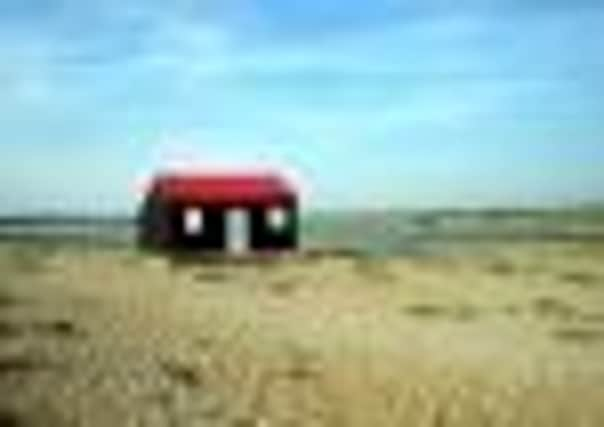We pay tribute to the crew of the Mary Stanford lifeboat and look at the devastating effect the disaster had on the Rye Harbour community


The old lifeboat house that remains stranded on the shoreline at Rye Harbour is a permanent reminder of the fateful night pf November 15, 1928 when the Mary Stanford Lifeboat capsized in heavy seas with the loss of all 17 crew.
Those lost included fathers and sons, brothers and cousins.
The seventeen men who lost their lives were Herbert Head (47), Coxswain and two sons James (19) and John (17) ; Joseph Stonham (43), 2nd Coxswain; Henry Cutting (39) , Bowman and his two brothers Robert (28) and Albert (26); Charles (28), Robert (23) and Alexander (21) Pope, three brothers; William (27) and Leslie (24) Clark, Brothers; Morris (23) and Arthur (25) Downey, cousins; Albert Smith (44), Walter Igglesden (38) and Charles Southerden (22).
Advertisement
Hide AdAdvertisement
Hide AdThe Lifeboat was launched in a south-west gale with heavy rain squalls and heavy seas to the vessel Alice of Riga.
News was received that the crew of the Alice had been rescued by another vessel and the recall signal was fired three times, but apparently the crew of the Lifeboat had not seen it. As the Lifeboat was coming into harbour she was seen to capsize and the whole of the crew perished.
Eva Southerden, 15 at the time, remembers her father William, returning home that night and breaking down in tears as he told his wife he could not see Charlie.
Speculation was rife as to the cause of the capsize. It was said that the lifejackets were water logged and had drowned the crew due to the weight.
Advertisement
Hide AdAdvertisement
Hide AdThe main point of conversation was what “was the Lifeboat doing in the position where it capsized”. It had no need to be there, it is most unlikely that it was making for Rye Harbour.
The popular view was that either John Head or Henry Cutting, or both, had been washed out of the boat and that the lifeboat was actually looking for them.
Hundreds of mourners from all over the country attended the funeral. Members of the Latvian Government were among the dignitaries present, recognising that the men had lost their lives going to the assistance of a Latvian Vessel.
The lifeboat house was abandoned and a new one constructed. The Mary Stanford remained at Rye Harbour until the Inquiry was over. In January 1929 she was taken to the RNLI depot at Poplar in east London where she was dismantled and broken up.
Advertisement
Hide AdAdvertisement
Hide AdDuring her time at Rye Harbour Mary Stanford was launched 63 times, 47 launches were exercises and 16 were shouts. From these 10 lives were saved. On 12 December 1923 a plane ditched in the sea off Fairlight. The Lifeboat towed the plane back to Station, unfortunately the pilot, an American L.B. Sperry, was lost when he had tried to swim ashore before the lifeboat arrived on scene.